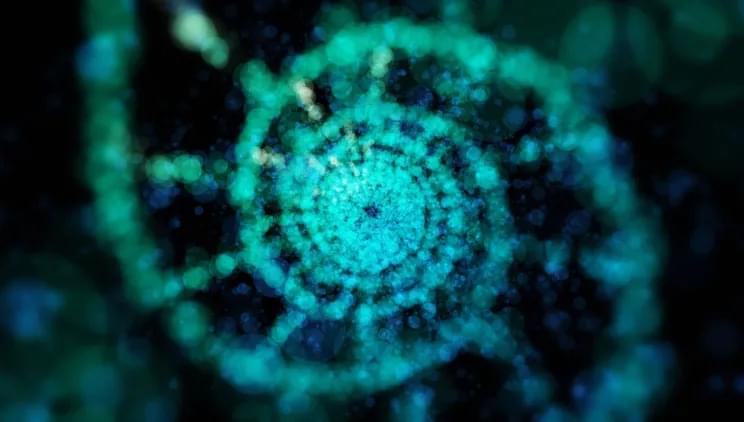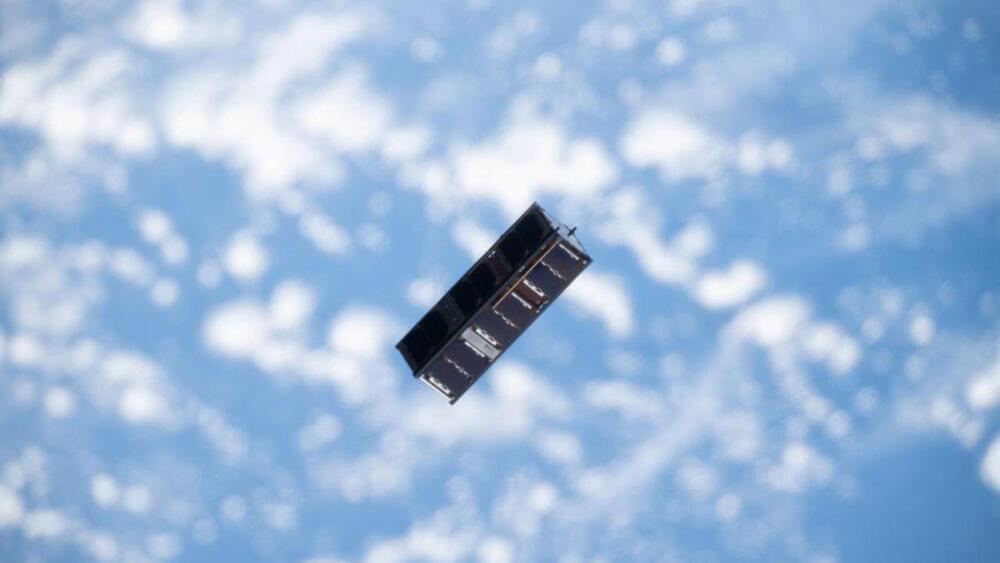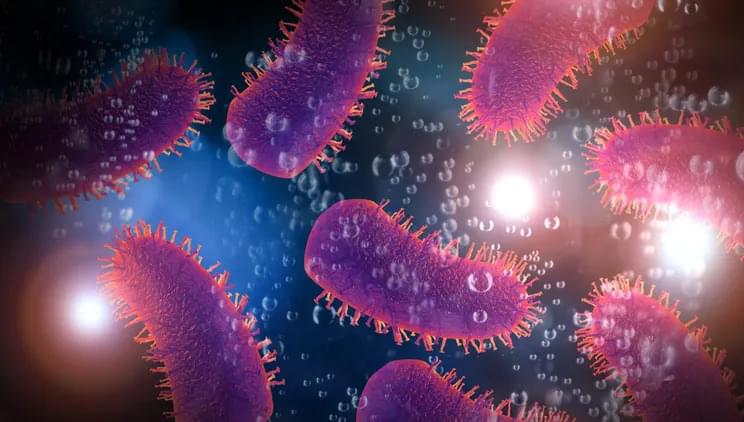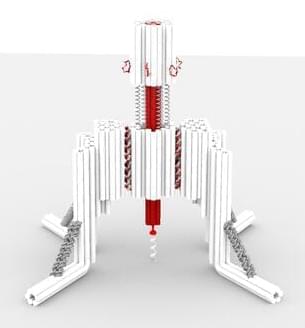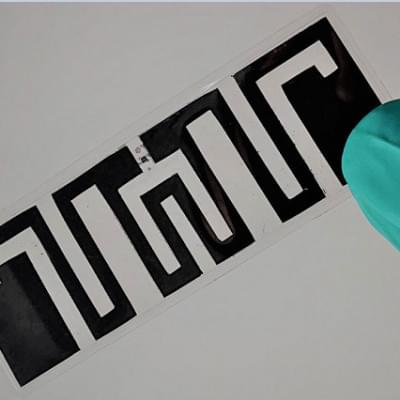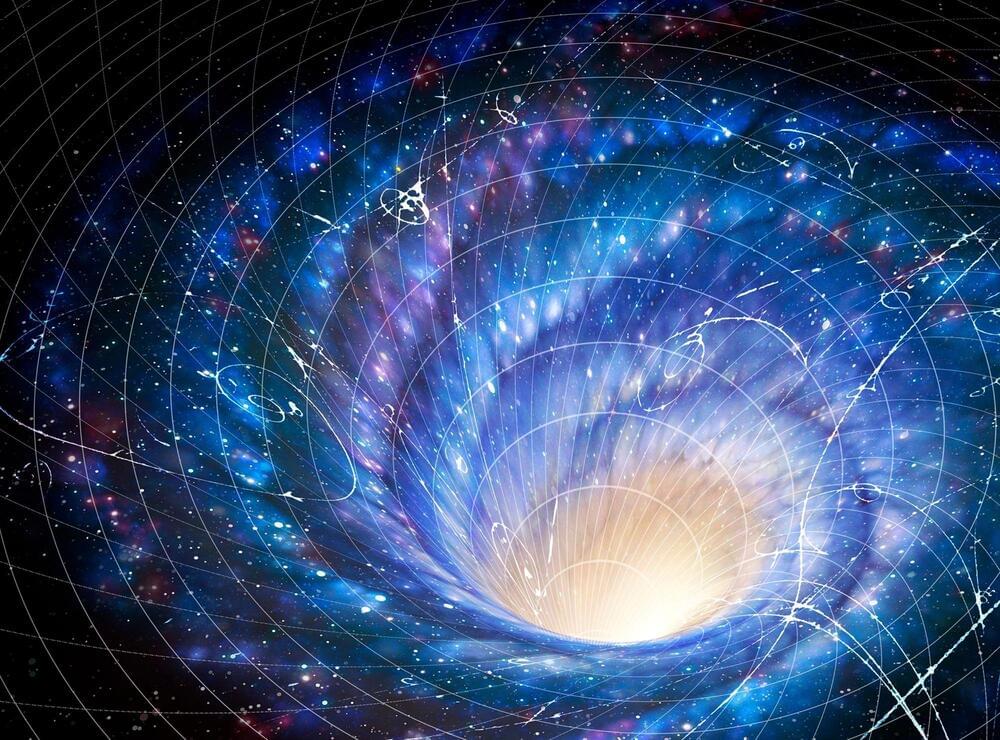Page 4902
Jul 29, 2022
A new discovery may explain the origin of life on Earth
Posted by Gemechu Taye in category: materials
New research outlines the materials and reactions that could have sparked life on Earth. It is the simplest hypothesis yet.
Jul 29, 2022
This bizarre DNA event recording system can track cellular activity from birth to death
Posted by Gemechu Taye in category: biotech/medical
Jul 29, 2022
Satellites can disappear in major solar storms and it could take weeks to find them
Posted by Gemechu Taye in category: satellites
The risk of satellite collisions would be extremely high after a major solar storm, experts say.
Jul 29, 2022
Oxford’s single-dose rabies vaccine is a promising step toward fighting the disease
Posted by Gemechu Taye in category: biotech/medical
Jul 29, 2022
Boosting Michigan’s Energy Future with Regional Transmission Upgrades
Posted by Shubham Ghosh Roy in categories: energy, futurism
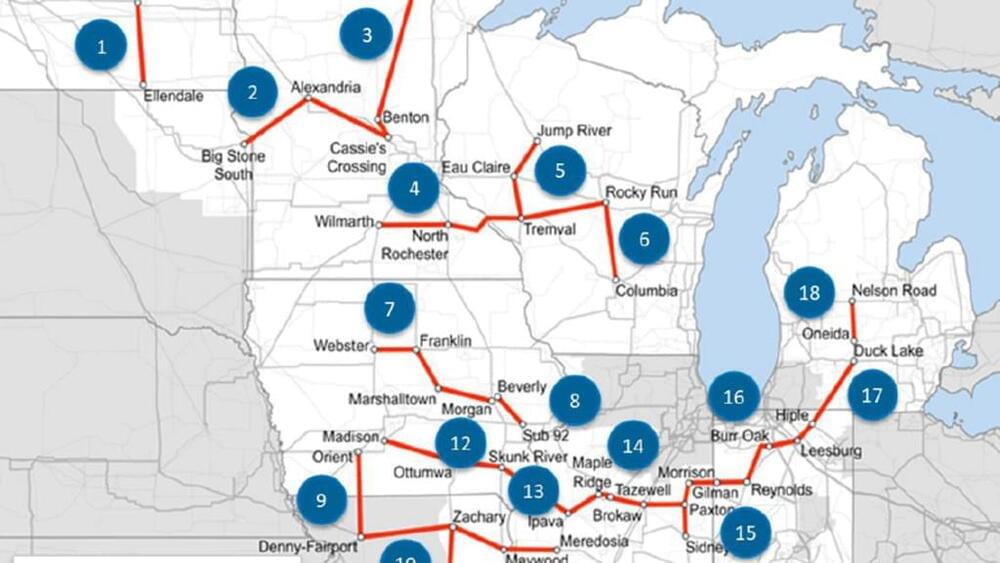
The regional entity overseeing much of the electric power grid in the Midwest — the Midcontinent Independent System Operator (MISO) — approved a set of major new transmission system upgrades that will bring billions of dollars in benefits to the region while better enabling states and utilities to pursue transitions to clean energy.
See here for my colleague Sam Gomberg’s excellent post explaining the background and details on what is known as “Tranche 1” of MISO’s long range transmission planning process. This much-needed set of 18 projects will improve electricity reliability, address overloaded wires, and help unlock more lower-cost wind and solar power to replace costly, polluting fossil fuel plants in Michigan and many other states in the Midwest (including Illinois and Minnesota).
Jul 29, 2022
A “Nano-Robot” Built Entirely from DNA to Explore Cell Processes
Posted by Jose Ruben Rodriguez Fuentes in categories: biotech/medical, nanotechnology, robotics/AI
Constructing a tiny robot from DNA and using it to study cell processes invisible to the naked eye… You would be forgiven for thinking it is science fiction, but it is in fact the subject of serious research by scientists from Inserm, CNRS and Université de Montpellier at the Structural Biology Center in Montpellier[1]. This highly innovative “nano-robot” should enable closer study of the mechanical forces applied at microscopic levels, which are crucial for many biological and pathological processes. It is described in a new study published in Nature Communications.
Our cells are subject to mechanical forces exerted on a microscopic scale, triggering biological signals essential to many cell processes involved in the normal functioning of our body or in the development of diseases.
For example, the feeling of touch is partly conditional on the application of mechanical forces on specific cell receptors (the discovery of which was this year rewarded by the Nobel Prize in Physiology or Medicine).
Jul 29, 2022
HydroGraph Launches Patented Graphene Ink
Posted by Jose Ruben Rodriguez Fuentes in categories: sustainability, transportation
“This is a significant milestone in renewable technology production. From touch screen displays, biosensors, radio frequency identification tags, electric vehicle batteries, and more, the technology’s applications are vast,” said Stuart Jara, HydroGraph chief executive officer.
With growing possibilities for printed electronics every day, the need for conductive inks like graphene ink is on the rise. HydroGraph’s highly competitive cost and mass production method for high quality graphene opens up a wealth of opportunity for the practical applications of conductive ink patterns.
“Once the ink is made, it can then be deployed in regular inkjet printers to make small-scale, flexible electronics. This puts manufacturing capabilities into the reach of many, making it far more accessible,” said Dr. Chris Sorensen, HydroGraph vice president R&D.
Jul 29, 2022
DeepMind’s AI Predicts Structure Of Almost Every Protein Known To Science
Posted by Josh Seeherman in categories: robotics/AI, science
Jul 29, 2022
Dark Matter: Is a Revolution Coming to Physics?
Posted by Dan Breeden in categories: cosmology, physics
What is dark matter? Does it even exist, or do we just need an adjustment to our theory of gravity?
What is dark matter? It has never been observed, yet scientists estimate that it makes up 85% of the matter in the universe. The short answer is that no one knows what dark matter is. More than a century ago, Lord Kelvin offered it as an explanation for the velocity of stars in our own galaxy. Decades later, Swedish astronomer Knut Lundmark noted that the universe must contain much more matter than we can observe. Scientists since the 1960s and ’70s have been trying to figure out what this mysterious substance is, using ever-more complicated technology. However, a growing number of physicists suspect that the answer may be that there is no such thing as dark matter at all.
Scientists can observe far-away matter in a number of ways. Equipment such as the famous Hubble telescope measures visible light while other technology, such as radio telescopes, measures non-visible phenomena. Scientists often spend years gathering data and then proceed to analyze it to make the most sense of what they are seeing.

